Modern homes frequently have sliding doors because they provide a smooth transition between indoor and outdoor areas. Sliding door curtains have value for improving the looks and impact of these doors. Let’s go into the world of sliding door curtains in this in-depth guidance, providing you with advice and inspiring ideas to revamp your living rooms.
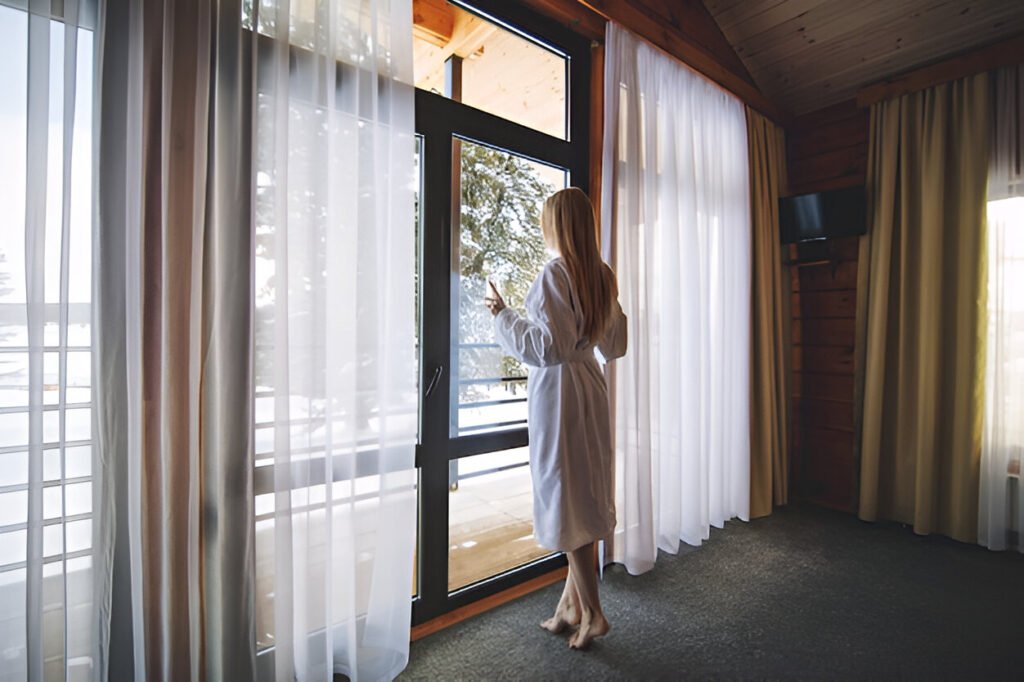
Table of Contents
Introduction:
Sliding door curtains are an essential window treatment for sliding glass doors, providing both functionality and style. Here are some key points to consider when choosing sliding door curtains:
Type of Curtains:
You can choose from a variety of curtain styles, including blackout curtains, grommet curtains, rod pocket curtains, back tab curtains, and sliding panel curtains, depending on your preferences and needs. These types of curtains come in various materials and designs to match your decor.
Size and Length:
Take into account the size of your sliding glass door when choosing sliding door curtains. Selecting drapes that will sufficiently cover the door requires careful consideration. Although 84 inches is the standard length, taller doors may require longer drapes.
Privacy and Light Control:
If privacy and light control are a priority, blackout curtains are an excellent choice. They block out light and provide privacy for your space.
For sliding doors, what kind of drapes are used?
For sliding doors, several types of drapes and window treatments can be used to enhance privacy, control light, and add style to your space. Here are some popular options:
- Privacy Sheers: For sliding glass doors, privacy sheers are an excellent option. They preserve seclusion while letting in natural light. The light-diffusing properties of these sheer drapes produce a delicate and refined appearance.
- Curtains: Sliding doors can be dressed with conventional curtains. They let you personalize your home because they are available in a variety of fabrics, styles, and colors. For more effective light control, consider blackout curtains.
- Vertical Blinds: For sliding doors, vertical blinds are a sensible option. They can be turned to give privacy and regulate light. These blinds are available in vinyl, PVC, and fabric among other materials.
- Panel Track Blinds: For sliding doors, panel track blinds provide a clean, contemporary appearance. You can regulate the amount of light and privacy with them thanks to their huge cloth panels that glide down a track.
- Sliding Door Curtains: There are a variety of styles available for curtains specifically made for sliding glass doors. They can be made to match your decor and are simple to slide open or closed.
- Shades: Depending on your taste in style and level of light control, you may also want to use shades like cellular shades or roller shades.
Curtain Length for Sliding Doors
The size of your door and whether you’re utilizing a rod or track should be taken into account when selecting the appropriate curtain length for your sliding doors. Here are a few broad principles:
- Sliding door curtains are typically 84 inches (7 feet) long and 100 inches (8.3 feet) broad.
- Extra-long curtains for sliding doors typically measure eight feet eight inches long and eight feet and three inches broad.
- Since most curtain rods have a diameter of six inches or less, you must deduct six inches from your measurement to obtain the proper length for your curtains.
- A sliding glass door with an 8-foot ceiling will require panels that are at least 84 inches long.
- To ensure that you have enough additional fabric to make a full fold while the curtains are open, the top of the curtain rod should be positioned 2 to 4 inches higher than the top of the door frame.
- The recommended curtain rod size for a standard 72-inch or 6-foot sliding door is between 78 and 84 inches.
Measure the diameter of the door frame from each outer edge to get the correct panel width and the required size of the curtain panel. To make a curtain 65 inches wide, add five inches to a door that is 60 inches wide. You can increase the width of a door by eight to twelve inches if it is broader than 72 inches.
You may begin selecting curtain rods and materials once you have established the width and length of your curtains. A chic method to give privacy and shade from the sun to your sliding glass doors is using curtains. It’s recommended to take out the measuring tape if you’re not sure what size your sliding glass doors are!
Popular Curtain Fabrics
There are many popular curtain fabrics to choose from, depending on your style and needs. Some of the most commonly used fabrics include:
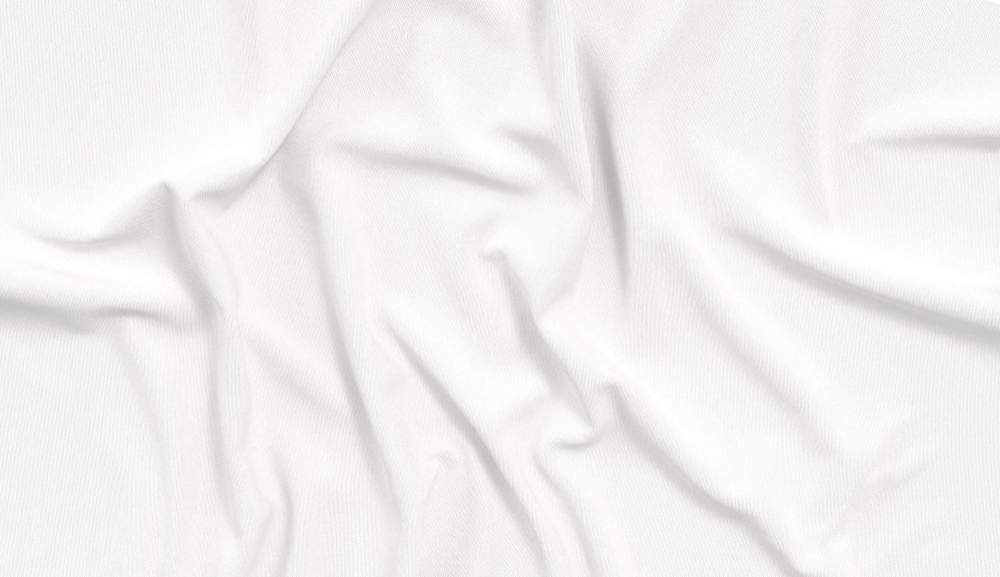
White Cotton Fabric
Cotton is a widely used curtain fabric due to its versatility and affordability. It is available in different colors, patterns, and weights, making it suitable for different styles and preferences. Cotton curtains are easy to care for and can give a room a cozy or relaxing look.

Linen Fabric
Linen is a natural fabric known for its lightweight and breathable properties. It has a textured appearance that adds elegance and sophistication to any space. Linen curtains can create a relaxed and airy atmosphere, making them popular for light-filled rooms or beach-inspired decor.
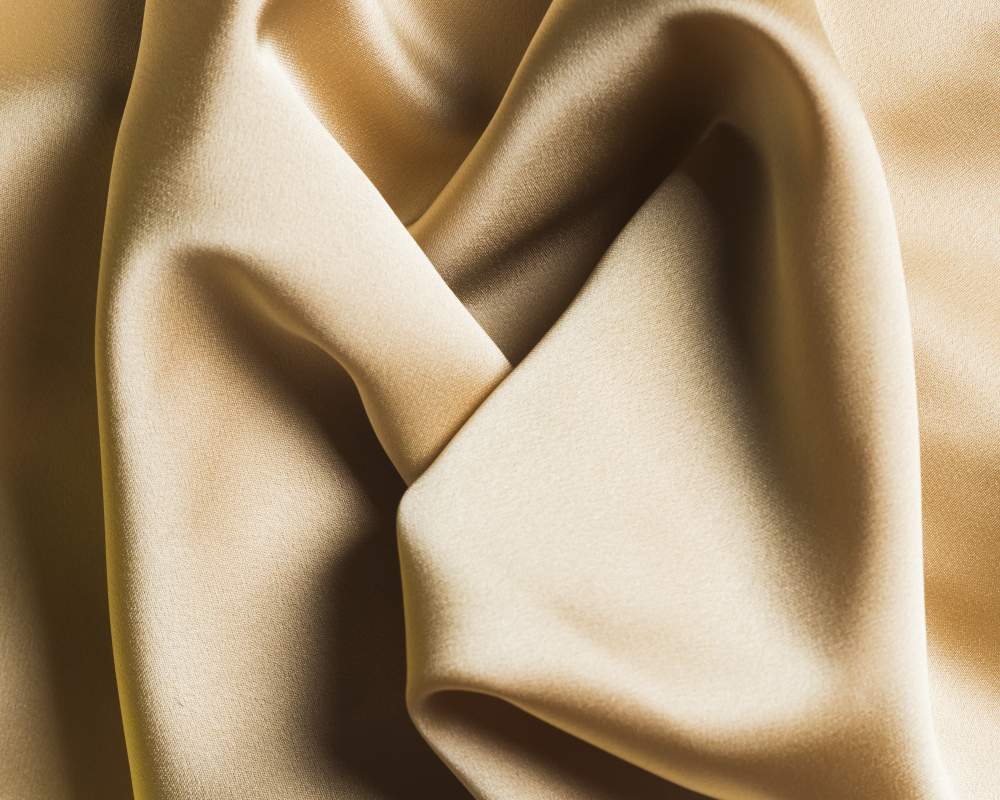
Silk Fabric
Silk is a natural fabric known for its softness, luster and durability. It is available in different colors, patterns, and weights, making it suitable for different styles and preferences. Silk curtains can create a luxurious and elegant atmosphere, perfect for bedrooms or formal spaces. However, silk curtains require proper care and maintenance to retain their beauty and quality over time.
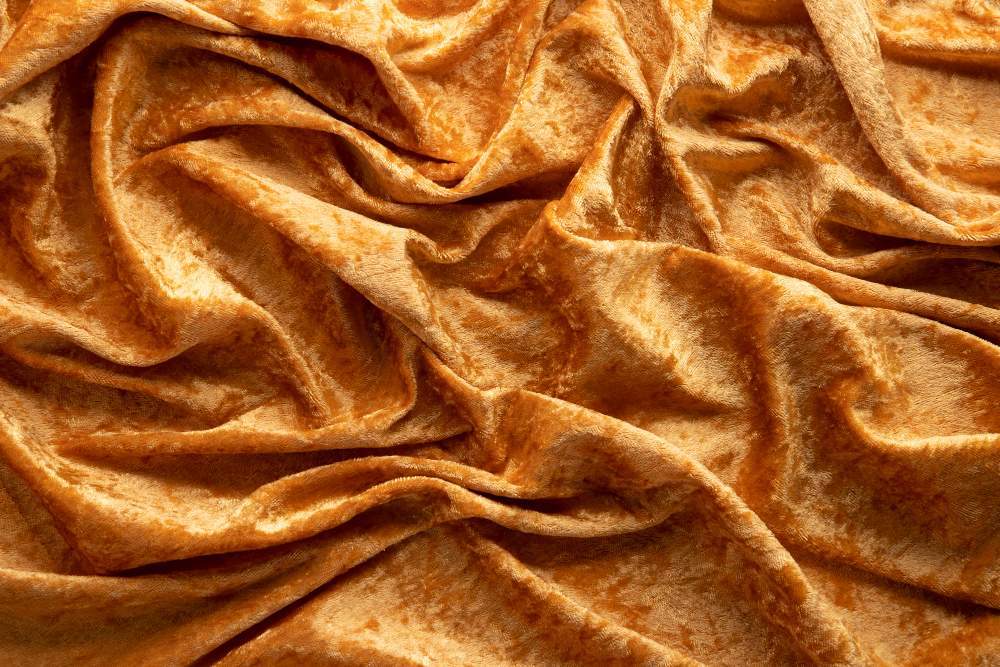
Velvet fabric
Velvet is a luxurious and luxurious fabric that creates a sense of luxury and warmth in a space. It has a soft and rich texture that can enhance the overall aesthetics of a room. Velvet curtains are commonly used in bedrooms, living rooms, or places where a comfortable and inviting atmosphere is desired.
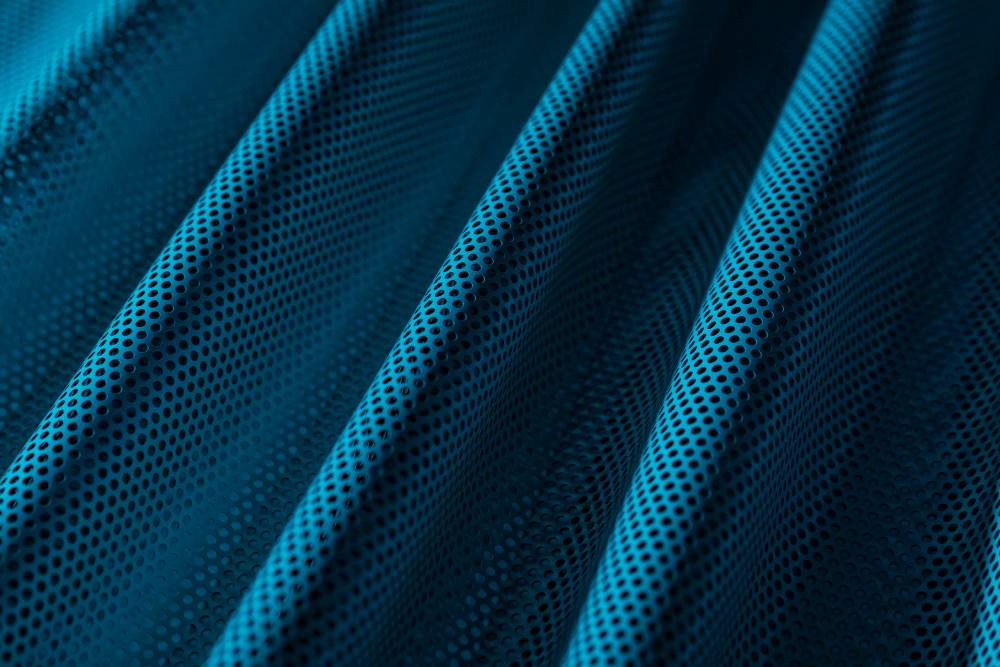
Polyester Fabric
Polyester is a synthetic fabric known for its durability and easy care. It is resistant to wrinkles, fading, and shrinking, making it ideal for high-traffic areas or homes with children or pets. Polyester curtains are available in a wide range of colors and patterns, offering versatility and affordability.
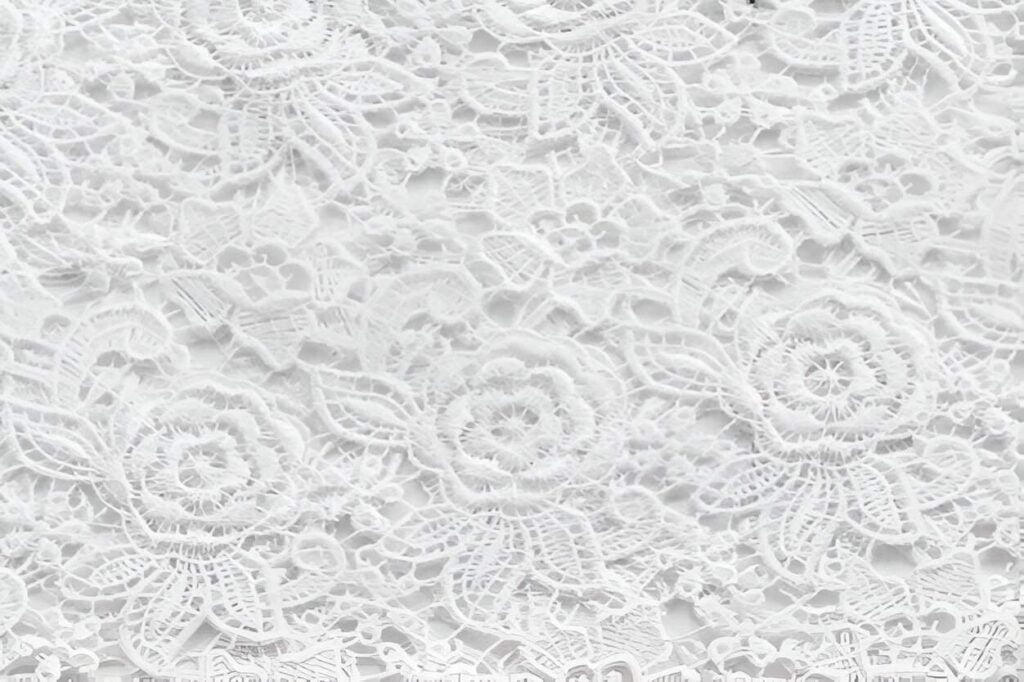
lace fabric
Lace is an open fabric with intricate patterns and designs. It is often used as an overlay for curtains to add a delicate and romantic touch to a room. Lace curtains can create a vintage or classic look, depending on the style and color.
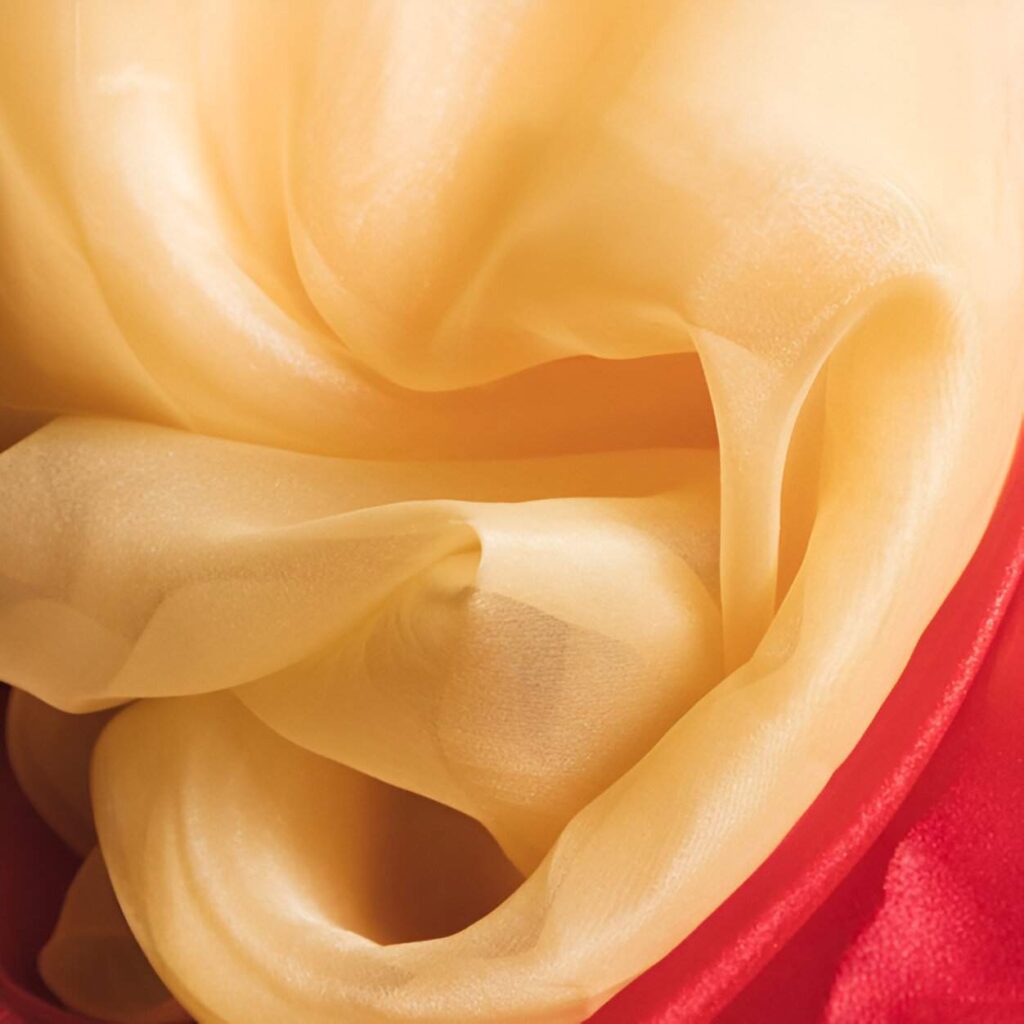
Muslin fabric
Muslin is a lightweight and sheer fabric commonly used for curtains. It is available in a variety of colors and patterns, making it a versatile and affordable option. Muslin curtains can create a soft and airy atmosphere, perfect for summer or beach-inspired decor.
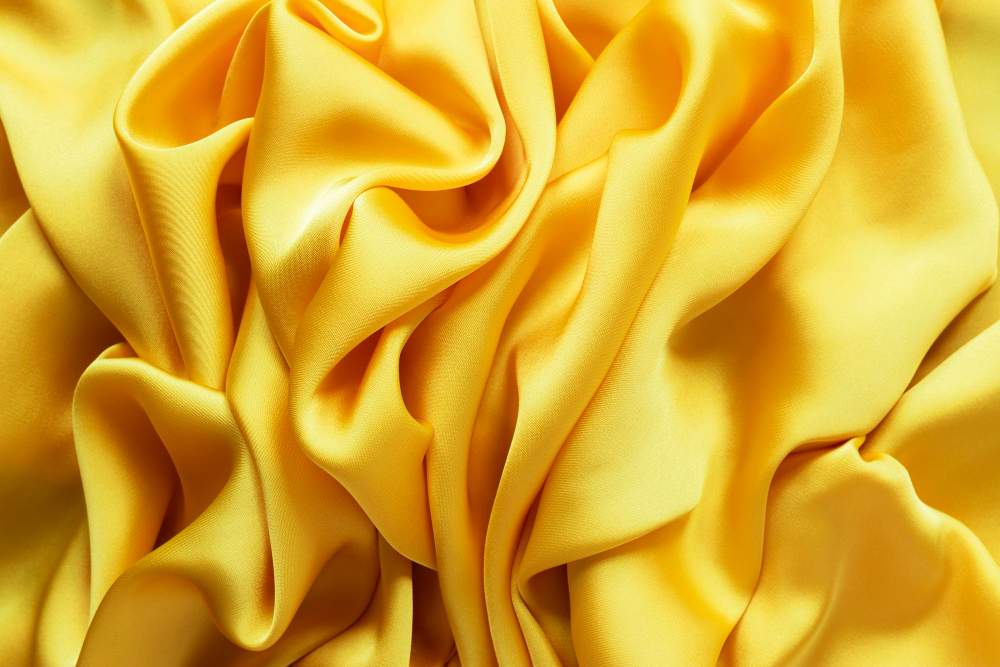
Taffeta Fabric
Taffeta is a smooth and shiny fabric with a crisp texture. It is often used for formal curtains due to its luxurious appearance and beautiful drape. Taffeta curtains can create a sophisticated and charming look, ideal for formal living rooms or dining areas.
Think about the design of your space, the amount of light you wish to let in, and how much privacy you require when selecting the correct curtain fabric. Depending on your taste, you can also select from a variety of curtain styles, including grommet, rod pocket, and tab-top curtains.
Choosing the Right Color for Sliding Door Curtains
When it comes to choosing the best color for sliding door curtains, it’s more than just aesthetics. This decision also includes establishing the desired ambiance and ensuring compatibility with your existing decor. In this aspect of home design, let’s examine its importance and practical considerations.
The effect of curtain color on the aesthetics of a room
The color of your curtains can make or break the way a room looks. It’s that serious. They stand out and set the overall tone of a space’s visual appeal. Here’s how different curtain colors can change your room:
- Light Colours: Pale or white curtains can provide an illusion of space and lightness in a room. Additionally, they reflect light from the outside, making the space feel airy and welcoming.
- Dark Colours: Intimate and cozy drapes can be added with dark hues like rich browns or deep blues. They work wonders to create a cozy and inviting atmosphere, especially in bigger spaces.
- Vibrant and Bold Colours: Bold and vibrant curtain colors may make a big impact on your space. They provide vitality and individuality to the room by grabbing attention and acting as a focal point.
The Psychology of Color Selection
Selecting the ideal curtain color requires an understanding of color psychology. Every hue has distinct psychological and emotional connotations:
- Blue: Blue has a quiet, relaxing quality. It’s a great option for bedrooms or other areas where you want to encourage calm and relaxation.
- Red: The color red is linked to fervor and vigor. It’s a terrific option for dining rooms or places where you want to encourage conversation because it can offer warmth and color.
- Green: Green is typically associated with peace and the natural world. It works well in areas where you want to convey a feeling of balance and freshness.
- Neutral Tones: Timeless and adjustable colors like beige and grey are examples of neutral tones. They apply to many different environments and express luxury.
Suggestions for Various Room Styles and Emotions
The color of the curtains you choose should match the atmosphere you want to create in that specific space:
- Calm Bedroom: Light blues and pastel pinks are examples of soft, soothing colors that might help you go to sleep and unwind.
- Cosy Living Room: You may create a cozy and welcoming atmosphere in your living room by using warm, inviting colors like deep reds or earthy browns.
- Elegant Dining Room: Rich, deep hues like maroon or forest green can create a sophisticated eating atmosphere in an elegant dining room.
- Playful Kid’s Room: Vibrant hues, such as sunny yellows or whimsical designs, can evoke a lively and enjoyable mood.
What kind of materials work best for curtains on sliding doors?
Your needs will determine the material you choose. While blackout curtains offer privacy and light control, sheer curtains let light through. Take into account your tastes and the space needs.
Can I use DIY ideas to create unique sliding door curtains?
Absolutely! DIY options offer endless possibilities. You can make your curtains with various materials, patterns, and accessories to match your style.
Q: What curtain color should I choose for sliding doors?
The color of your curtains should complement the décor and atmosphere of the space. Think about color’s effect, the psychology of various shades, and how to blend in with your current decor.
Whether you’re looking for cozy elegance, playful charm, or sleek quality, your sliding door curtains can transform your space. With these tips and ideas at your fingertips, it’s time to curtain up and let your style shine. In the world of interior design, sliding door curtains are more than just window coverings; they’re a canvas for creativity and practicality. Our ultimate guide has explored the best materials, methods of measurement, color psychology, and child-safe options.

